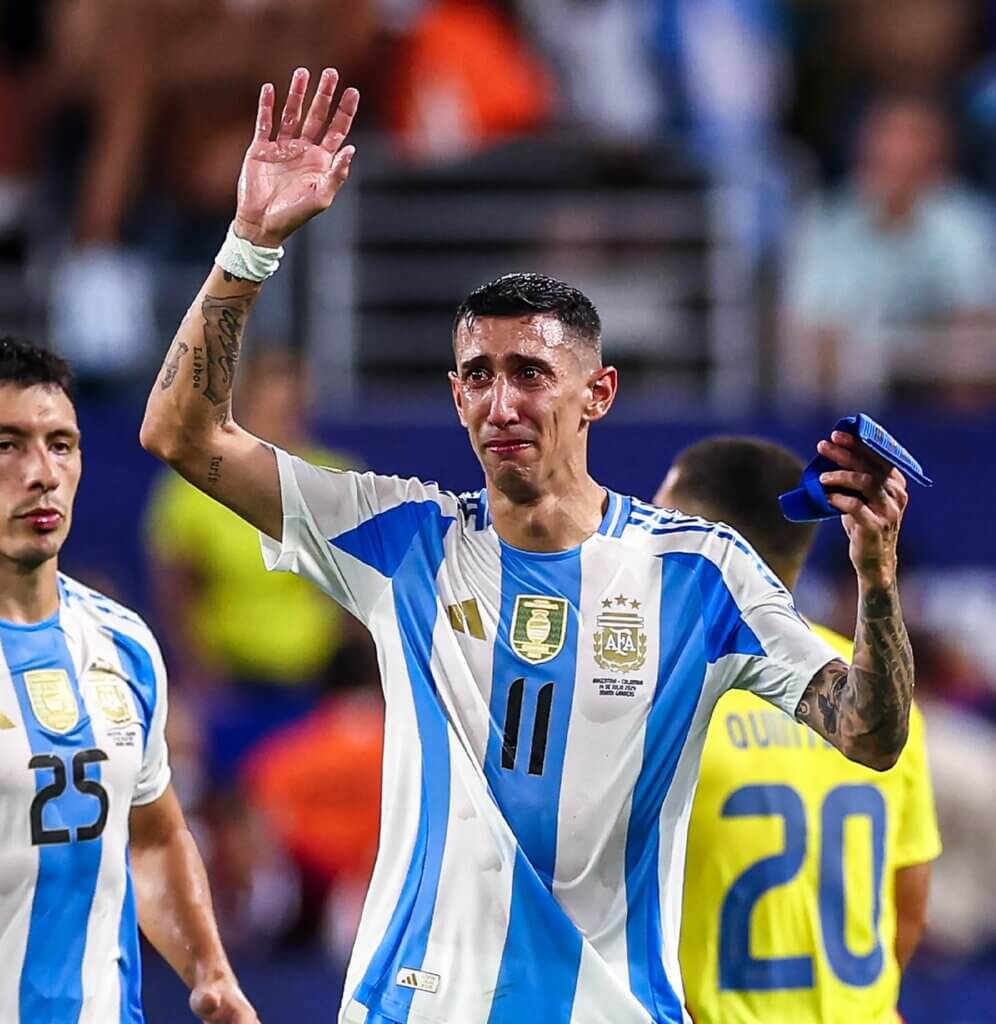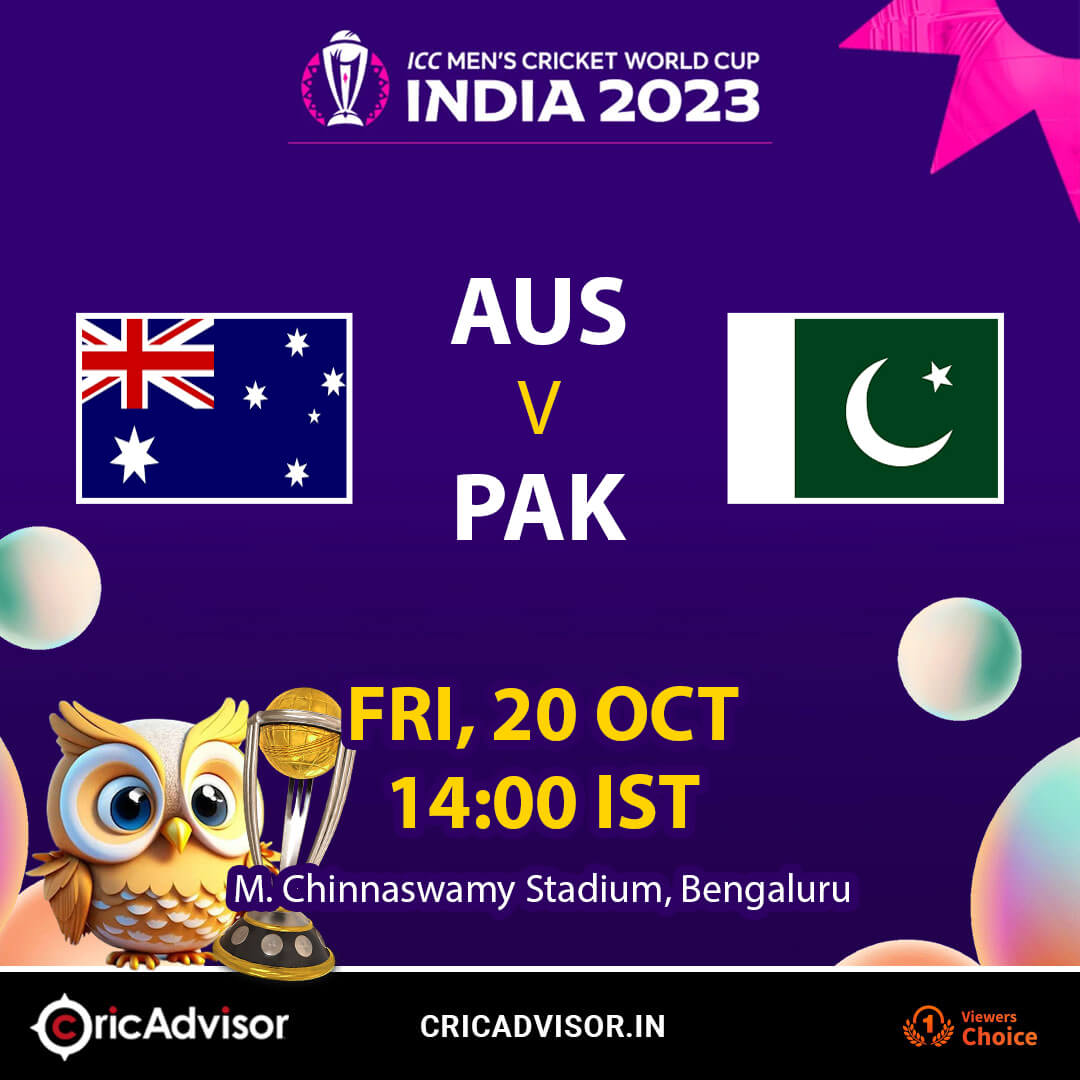
6th February, 1992: Fiery Donald breaks Australian spine
Allan Donald, who was denied a wicket on his very first World Cup delivery, led a spirited South African bowling attack at the Sydney Cricket Ground as the World Cup co-hosts struggled to get underway. Geoff Marsh and Allan Border were dismissed off consecutive deliveries by Adrian Kuiper to break the back of the opposition’s innings. Donald returned to suppress the middle and lower order, taking the wickets of Tom Moody, Ian Healy, and Peter Taylor in the process. Australia never fully recovered from the setbacks. As many as four batsmen scored over twenty, but David Boon and Steve Waugh posted the lowest score of 27. To pursue a target of 171, all that was required was a stable alliance. Captain Kepler Wessels anchored and remained unbeaten on 81; he added 74 for the opening wicket with Andrew Hudson and a further uninterrupted 97-run stand with Peter Kirsten (48*) to secure a 9-wicket victory.
13th June, 1999: Steve Waugh and the ‘dropped catch’ ensures Australia stay alive
The urban legend states that Steve Waugh told Herschelle Gibbs, after the South African batsman dropped a catch at mid-wicket while the Australian captain was batting on 56, “You’ve just dropped the World Cup.”
The prophecy returned to haunt South Africa in the following days, but more crucially for Australia, the dropped catch gave Waugh a second chance; he went on to score an unblemished 120, securing a semi-final berth for his team. In a match of fluctuating fortunes, South Africa dominated for the majority of the time. Gibbs did not commit a single error, scoring a splendid century and forming crucial partnerships with Daryl Cullinan and Jonty Rhodes. Lance Klusener, the eventual Man of the Series, completed South Africa’s innings with 271 runs on the board.
When Australia was reduced to 48 for three in the 12th over, the situation appeared favorable. However, Ricky Ponting and Mark Waugh resurrected the innings by adding 131 runs for the fourth wicket. Waugh joined forces with Michael Bevan and Tom Moody to strike off the remaining runs and keep his team in the chase after the first batsman fell. It was Waugh’s second ODI century and his first since January 1996, but it was well worth the wait.
17th June, 1999: Klusener, Donald and the greatest ever one-day match
Is this the finest World Cup match in the tournament’s history? It had everything: drama, the emotions associated with the game, a touch of controversy, a moment of ingenuity, and an unforgettable dramatic scene. Only four days after the Headingley classic, Herschelle Gibbs’ fumbled catch and Steve Waugh’s century ensured that the two countries would meet again in the 1999 World Cup semifinals. Australia swiftly collapsed to 68 for 4 after being asked to bat first at Edgbaston, with Allan Donald claiming two wickets. As in the previous game, Steve Waugh, the captain of Australia, and Michael Bevan, a capable companion, added 90 runs for the fourth wicket. However, Shaun Pollock ensured another collapse, and Bevan was the final man dismissed, for 65, as Australia were bowled out for 213.
South Africa got off to a good start and was motoring at 48 without loss when Warne was introduced into the attack. In the span of 13 deliveries, he dismissed Gibbs, delivered by the ball of the tournament, Gary Kirsten, and Hansie Cronje amid some controversy. Soon after Daryl Cullinan was run out, South Africa’s score dropped from 48 without loss to 61 for 4. Jacques Kallis continued to fight from one end, and he received helpful assistance from Jonty Rhodes and Shaun Pollock. His dismissal in the 45th over paved the way for yet another Lance Klusener spectacular. Even as wickets fell around him, the left-handed batsman’s consistent boundary hitting kept his team in the chase. In a pivotal moment, Reiffel dropped the left-hander in the penultimate over and most crucially parried the ball over the ropes for a six. This sets up the final over with 9 required runs, 1 wicket remaining, Klusener on strike, Donald as the non-striker, and Damien Fleming as the bowler.
The first ball was slightly overpitched, and ‘Zulu’, as Kluesner was affectionately known, smashed it over cover. The second ball was fuller, and the left-handed batter’s strength was adequate to hit it over mid-off. Now the equation is 1 from 4 spheres. The third ball was short, which led to an ill-timed draw to mid-on. Donald, the non-strike batsman, was backing up significantly for unexplained reasons, and a direct blow from Lehmann would have ended his innings. However, Lehmann missed, and the South African number eleven survived. Klusener, perhaps perturbed by his partner’s antics, set off for an improbable single on the next delivery after mistiming another drive to mid-off. Donald was observing the ball when he realized that his companion was standing next to him. Fleming rolled the ball through to Gilchrist and South Africa’s World Cup dreams had come to an abrupt end. Headingley had returned to haunt them despite the match concluding in a tie; as a consequence of Australia’s victory in the Super Six, they had advanced to the final to face Pakistan.
24th March, 2007: A run feast at a tiny island
South Africa confronted their old adversary eight years after the Edgbaston incident and four years after the domestic heartbreak. As anticipated, Australia once again played at the minuscule Warner Park, and sparks soared. Australia amassed 377 for six in their allotted 50 overs, thanks to the exploits of Matthew Hayden, who scored 101 off 68 balls, and the contributions of Ricky Ponting and Michael Clarke, who each scored 90. A year ago, South Africa had pursued down 434 in Johannesburg, but this was no longer a bilateral match and the Australians had altered gears. AB de Villiers and Graeme Smith’s opening stand of 160 runs in just 21 overs caused widespread alarm in Australia. But the former was dismissed for 92 and the latter was injured, putting their team on the decline. South Africa were bowled out for 294 runs, 83 runs shy of their target, despite Jacques Kallis’s laborious 48 off 63 balls.
25th April, 2007: A rare one-sided mismatch
If the semi-final in 1999 was a classic, the one in 2007 was a dud. South Africa gained the toss and elected to bat first. After 10 overs, they were reduced to 27 for 5. Only three batsmen reached double figures, with Justin Kemp unbeaten on 49 after 91 balls. Herschelle Gibbs scored 39 deftly, but South Africa could only muster 149 runs. Shaun Tait was the principal destructor with four wickets, while Glenn McGrath captured three. Australia lost two early wickets, making the pursuit less straightforward. Australia’s Hayden-Clarke partnership is all that’s required for a modest pursuit. They added 66 runs for the third wicket, with the latter still unbeaten on 60 runs when the winning runs were scored.
July 6, 2019: South Africa finish on a high
For once, a South Africa vs. Australia match was irrelevant to the tournament’s outcome. South Africa’s terrible first half of the tournament was enough to send them out of the semis race, while Australia needed a win to finish on top of the points table and set up a semi-final match against New Zealand. South Africa elected to bat first and batted with refreshing abandon, with captain Faf du Plessis leading the way with a century off 94 balls. He was ably assisted by Rassie van der Dussen (95 off 97 balls) as the duo added 151 for the third wicket to pave the way for a colossal 325 score. David Warner, who scored 122 runs off 117 balls, commanded Australia’s pursuit admirably. He was well supported by Alex Carey’s score of 85 off 69 balls, but his dismissal terminated the match. Australia was wiped out for 315 in the final over, losing by 10 runs as a result of Kagiso Rabada’s three-wicket haul.










